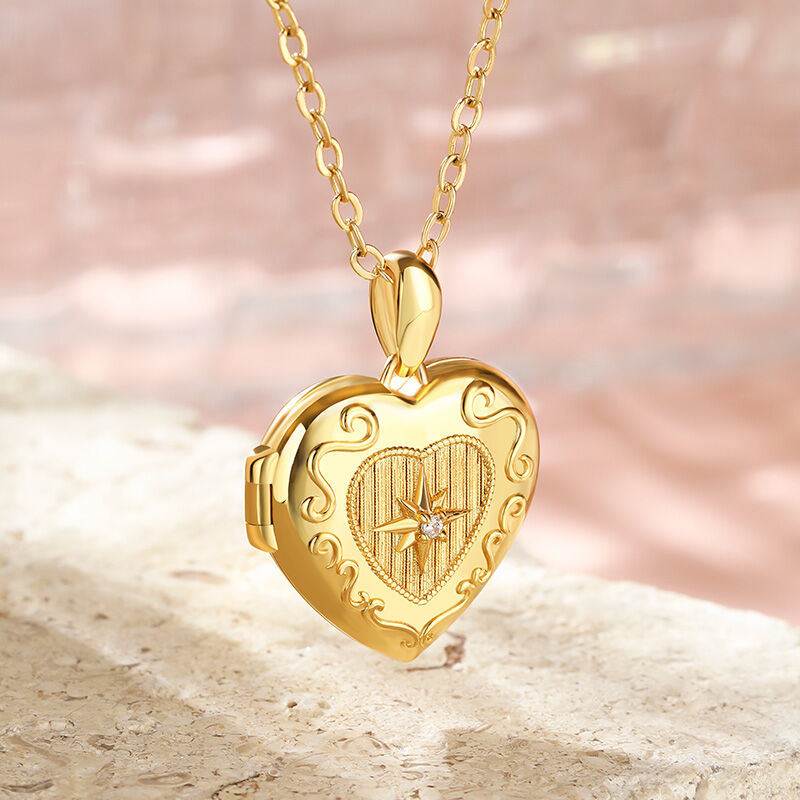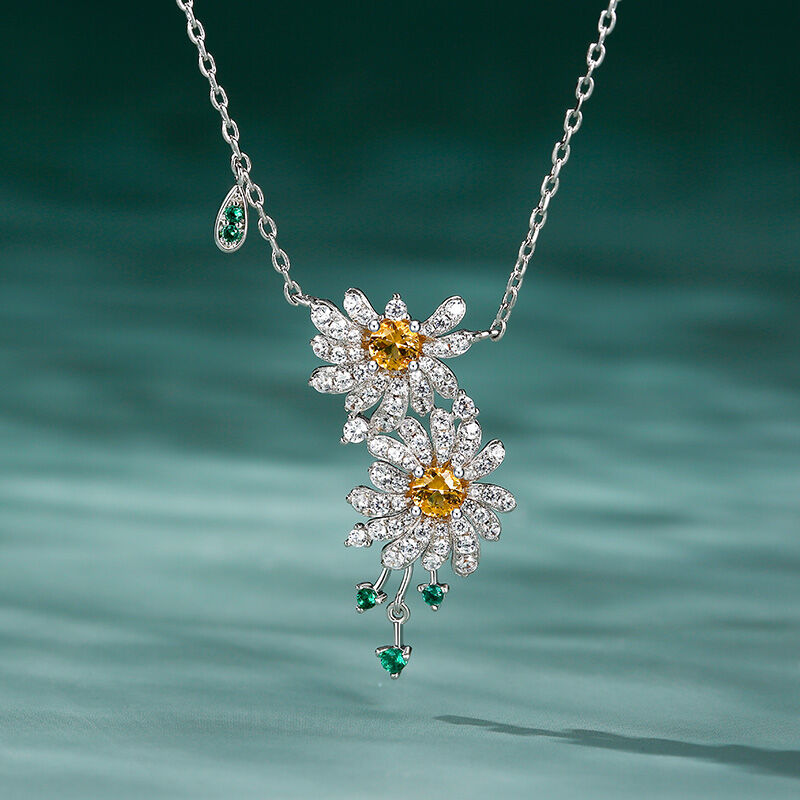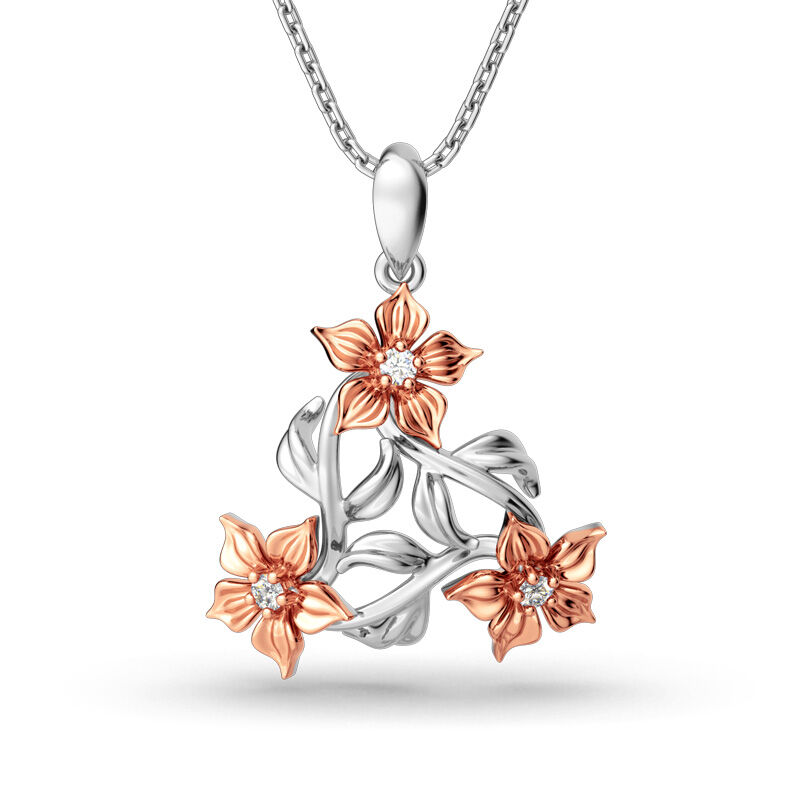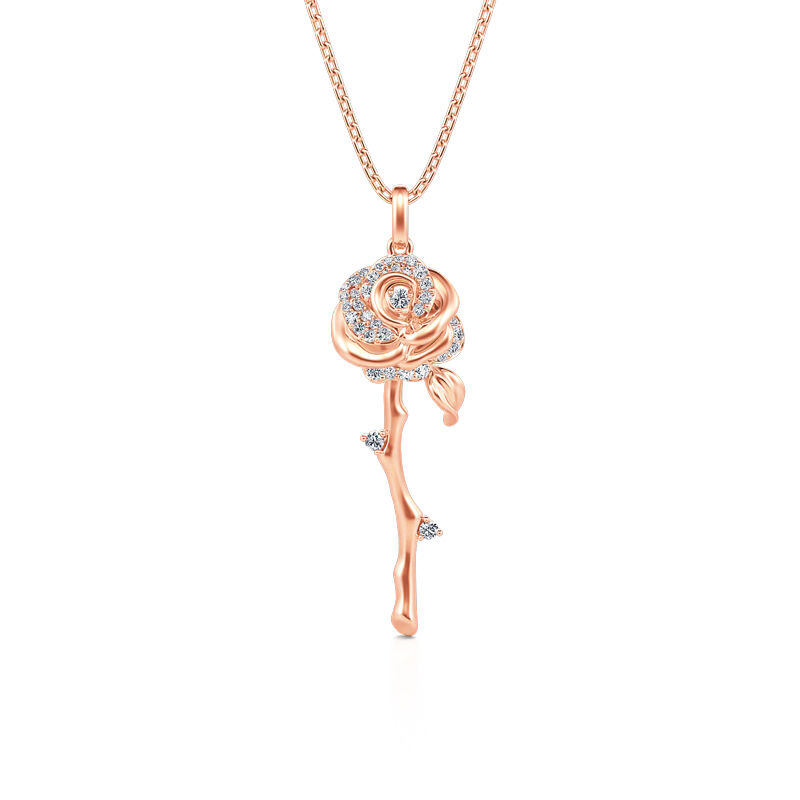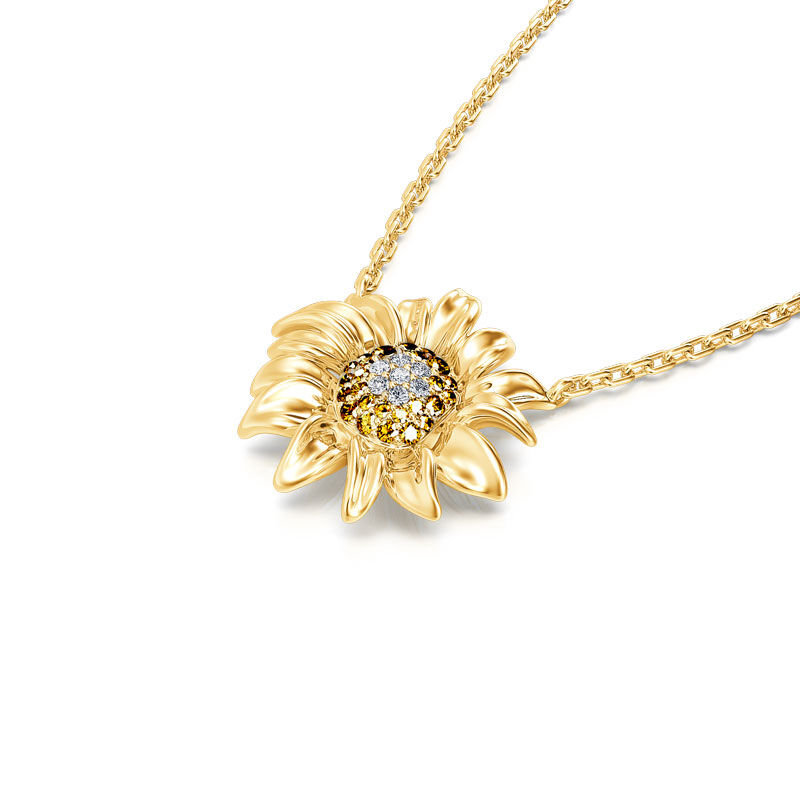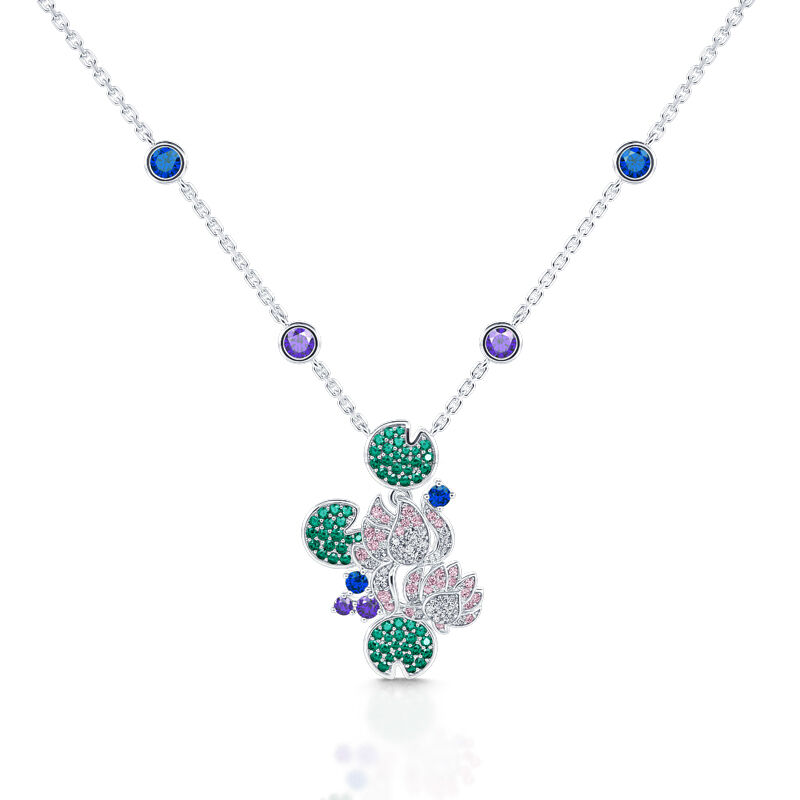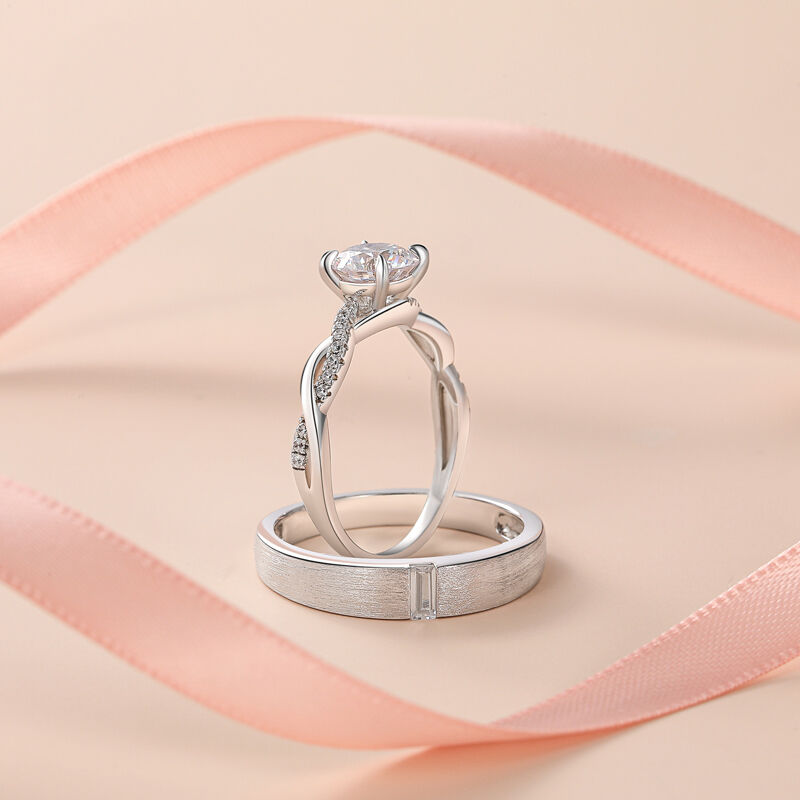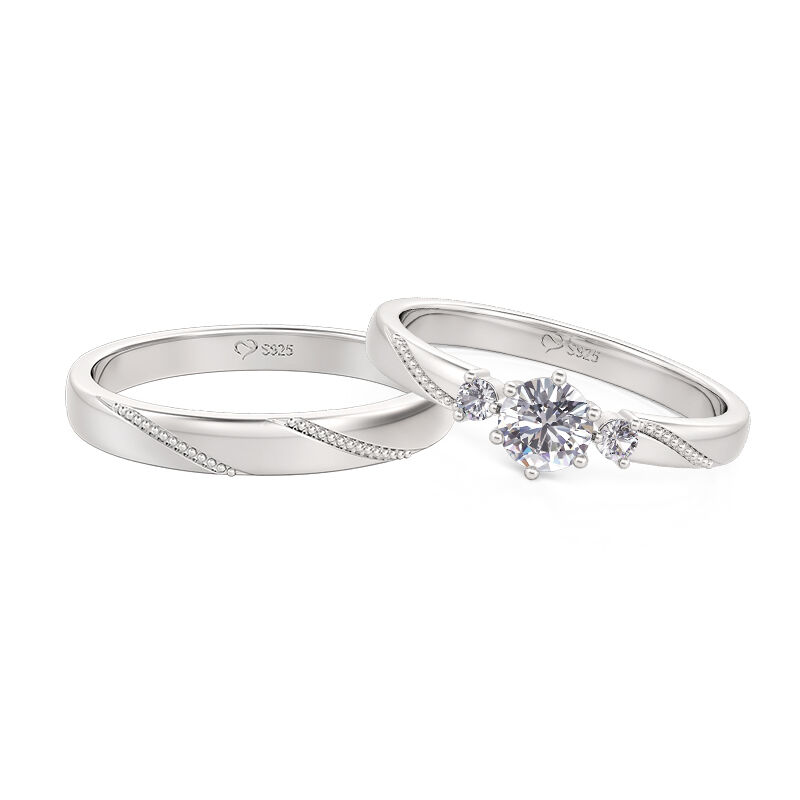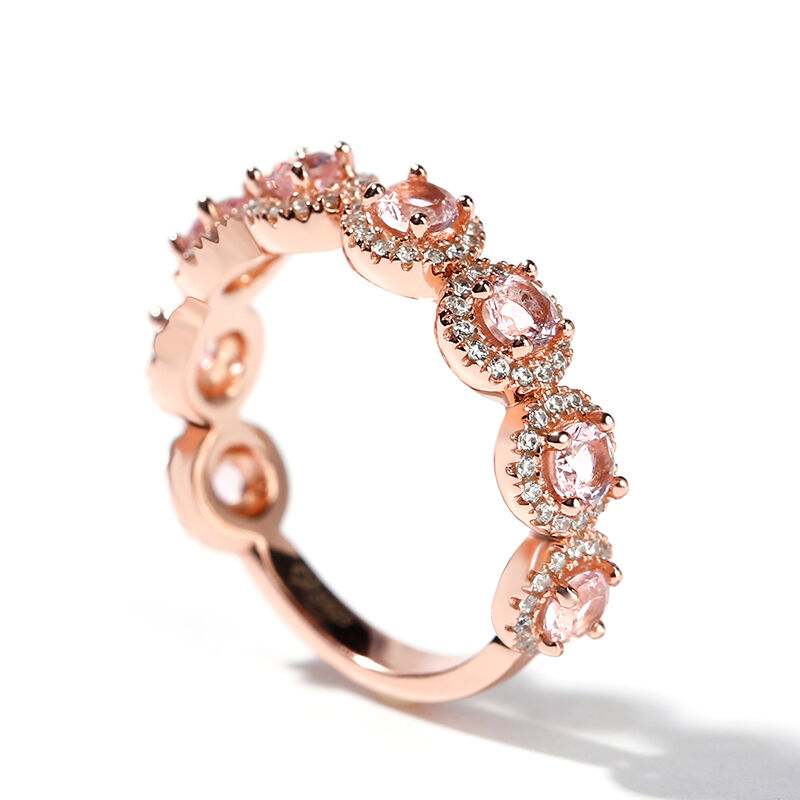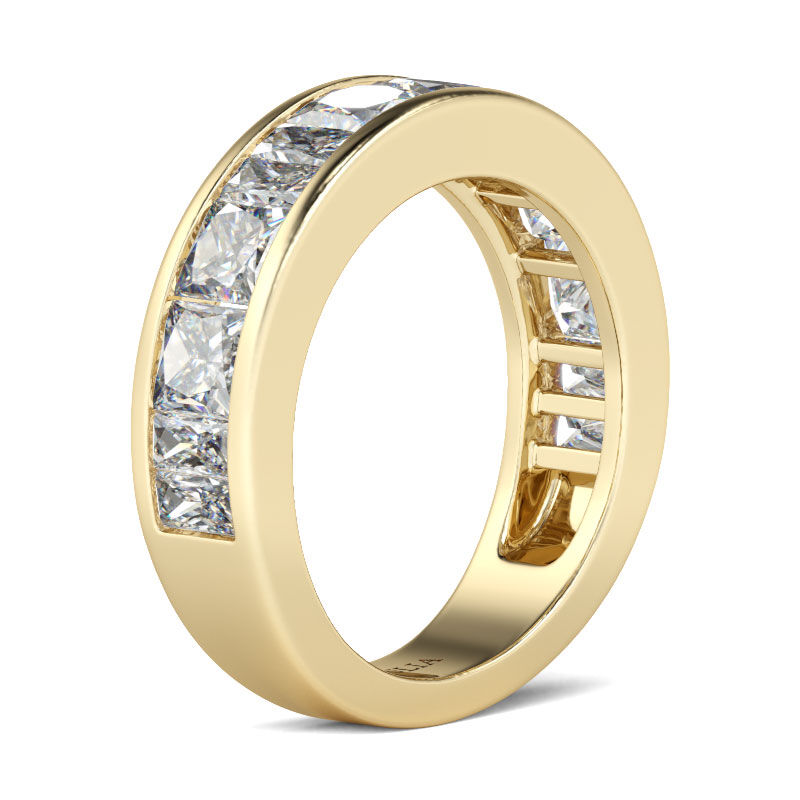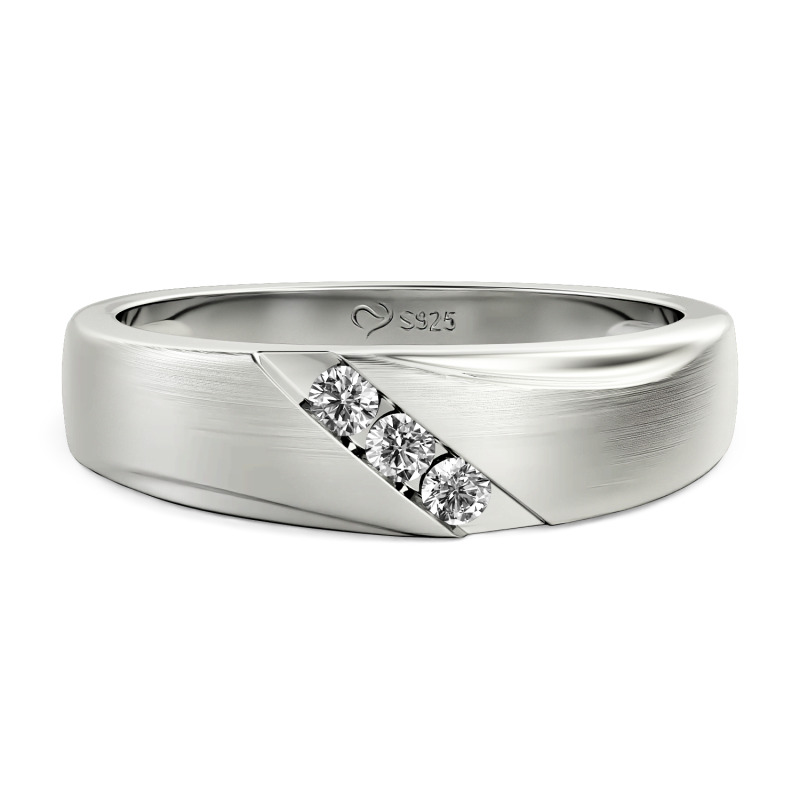The locket necklace. It’s a piece of jewelry steeped in history, emotion, and a touch of mystery. More than just a stylish accessory, a locket is a tangible keepsake, a miniature vault holding treasured memories close to the heart. From Victorian mourning jewelry to modern-day expressions of love, the locket continues to captivate with its timeless allure.
A Journey Through Time
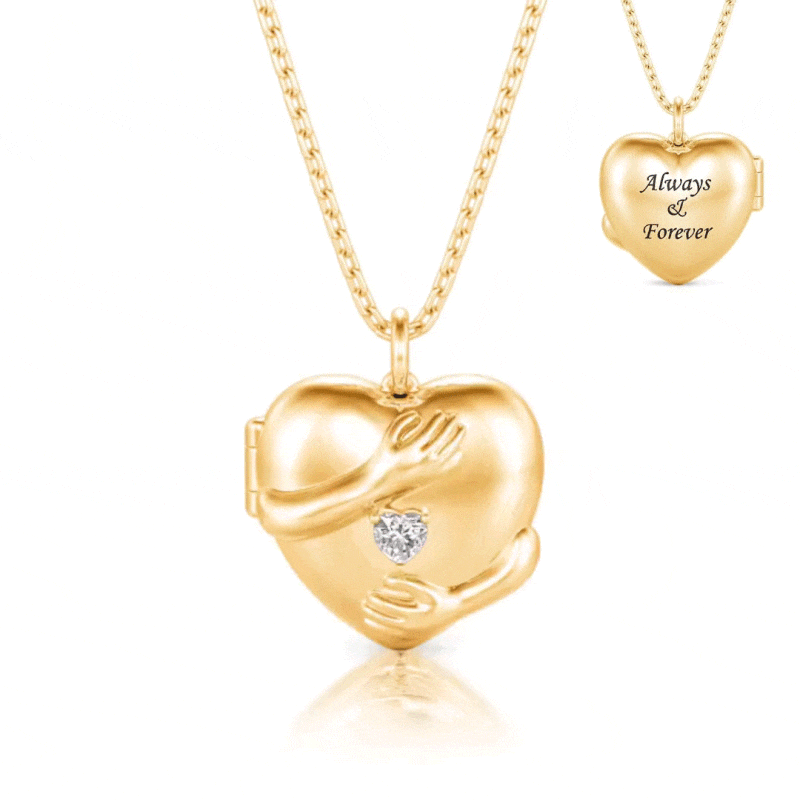
The history of the locket stretches back centuries, with early versions serving practical purposes. During the Middle Ages, lockets were used to hold religious relics or even potions believed to ward off evil. By the 16th century, lockets became more associated with romance, often containing portraits of loved ones, locks of hair, or initials.
The Victorian era, however, cemented the locket’s status as a sentimental treasure. Queen Victoria, who famously wore a locket containing a portrait of her beloved Prince Albert after his death, popularized the tradition of mourning jewelry. Lockets became a means of keeping loved ones close, even in their absence. Elaborate designs, often adorned with intricate engravings, gemstones, and even compartments for hair or ashes, were highly sought after.
Beyond Mourning: An Emblem of Love and Connection
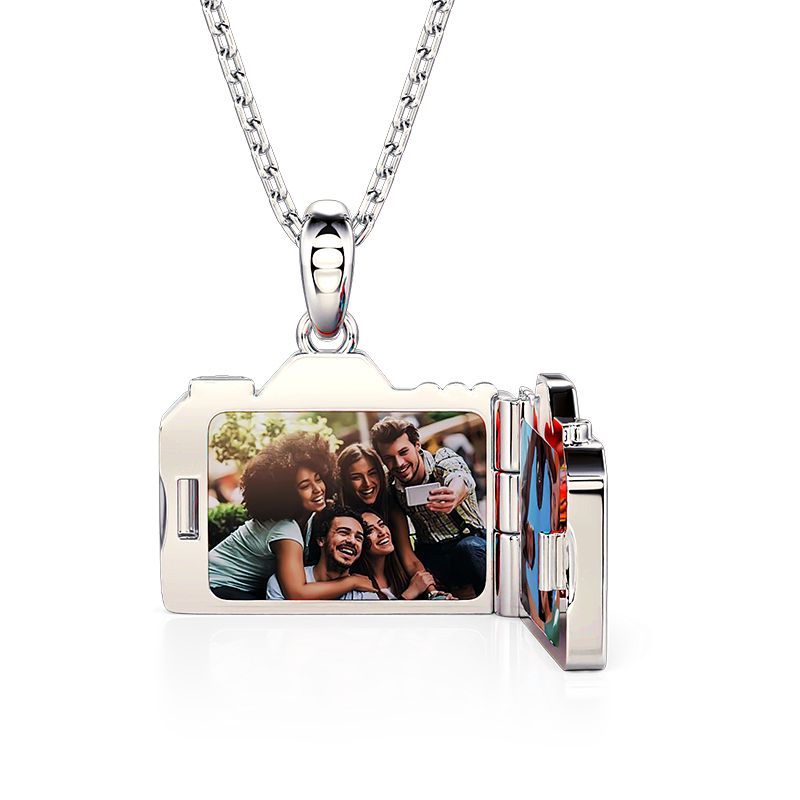
While historically linked to mourning, the locket’s significance extends far beyond grief. It’s a symbol of love, friendship, and enduring connection. A locket gift can represent:
- Romantic Love: A photograph of a partner, a handwritten note, or a small memento from a special occasion.
- Family Bonds: Images of children, parents, or grandparents, keeping family history close to the heart.
- Friendship: A token of shared memories and unwavering support between friends.
- Pet Love: A picture of a beloved furry companion.
The Locket’s Enduring Appeal
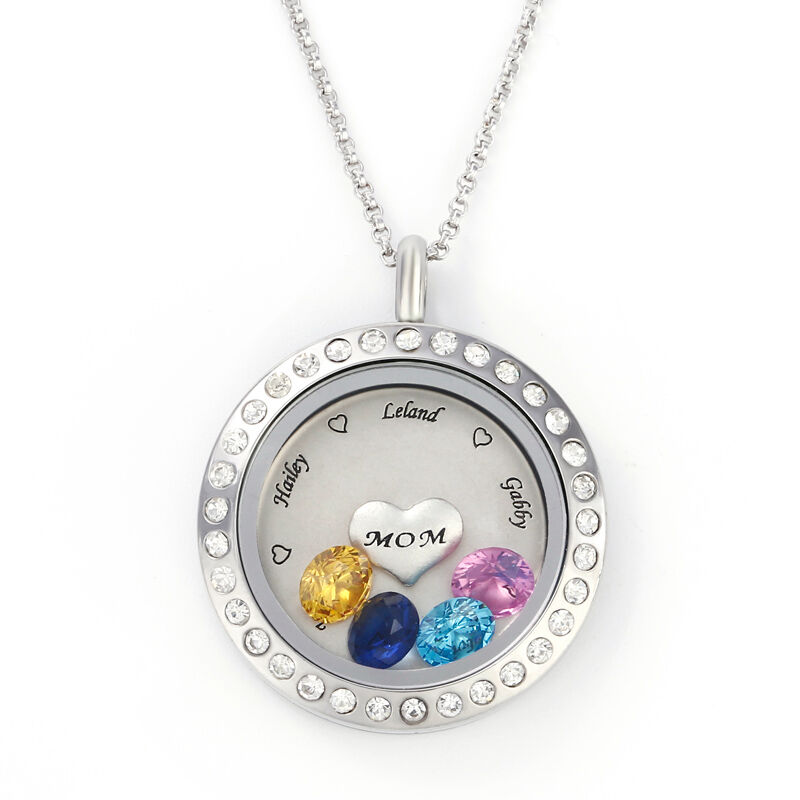
Despite the ever-changing trends in fashion, the locket has retained its popularity, thanks to its unique ability to transcend mere aesthetics. It’s more than just a pretty piece of jewelry; it’s a story waiting to be told, a tangible reminder of cherished moments.
Here’s why the locket remains a beloved accessory:
- Personalization: The ability to customize the locket with photographs or other keepsakes transforms it into a truly unique and personal piece.
- Sentimentality: It’s a way to keep loved ones close to the heart, providing comfort and reassurance.
- Timeless Style: From antique designs to modern minimalist styles, the locket complements a variety of outfits and personal aesthetics.
- Heirloom Potential: A well-crafted locket can become a treasured heirloom, passed down through generations, carrying with it the stories and memories of those who wore it before.
The Modern Locket
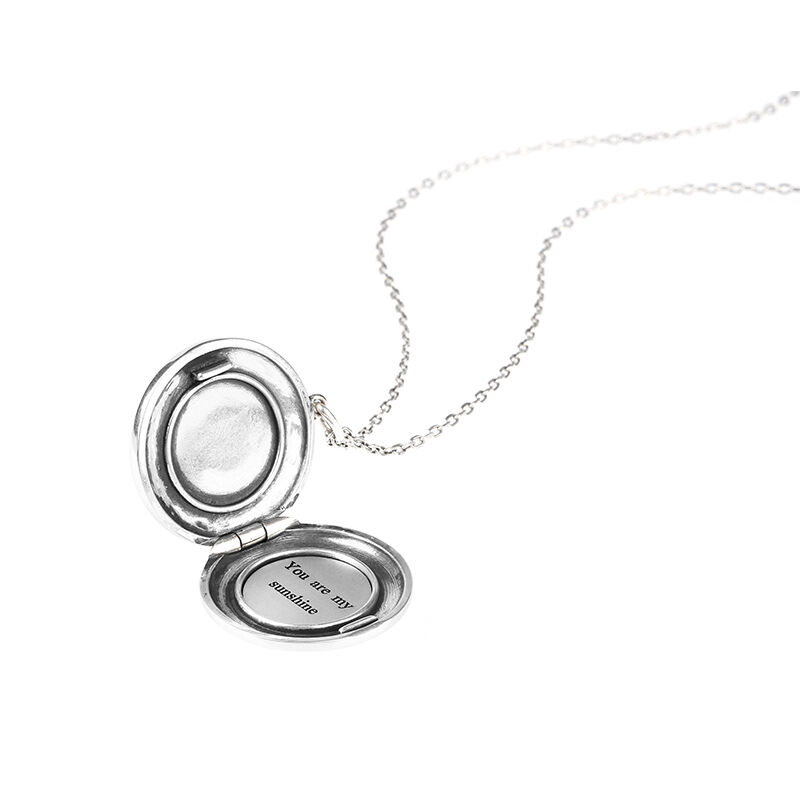
Today, locket necklaces come in a vast array of styles and materials. From classic gold and silver to modern stainless steel and even personalized engraved options, there’s a locket to suit every taste and budget. Advancements in technology have also led to innovative designs, such as digital lockets that can display revolving images.
When selecting a locket, consider the following:
- Material: Choose a material that suits your style and budget. Gold, silver, and stainless steel are popular choices.
- Size and Shape: Lockets come in various sizes and shapes, from classic round lockets to heart-shaped and rectangular designs.
- Design Details: Consider engravings, gemstones, or other embellishments that reflect your personal style.
- Closure: Ensure the closure is secure to protect the contents of the locket.
More Than Just Jewelry
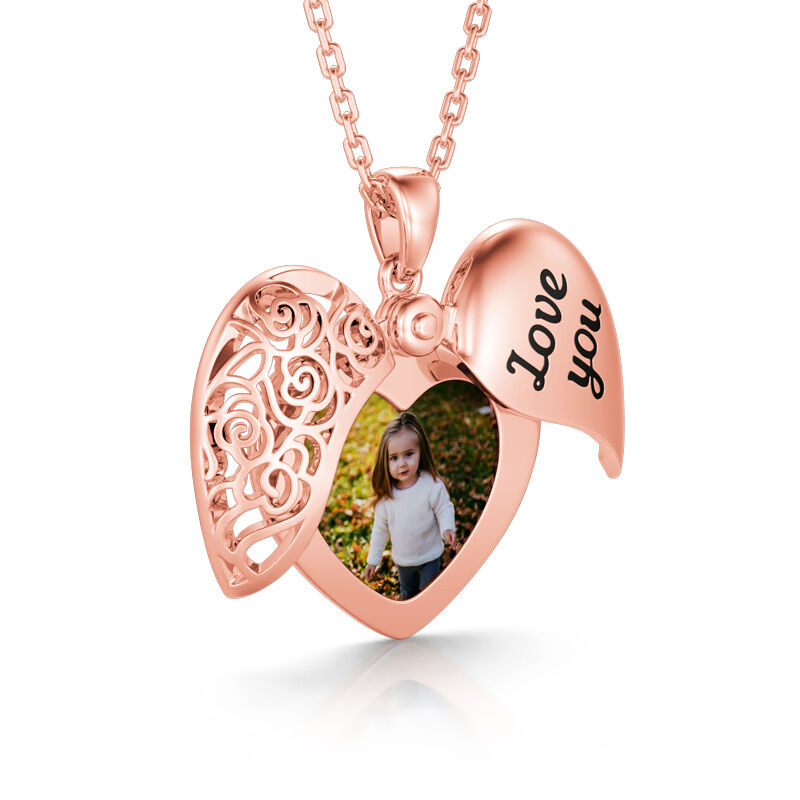
The locket necklace is more than just an accessory. It’s a vessel of memories, a symbol of love, and a precious keepsake that can be cherished for a lifetime. Whether you’re seeking a timeless gift for a loved one or a meaningful way to keep your own cherished memories close, the locket continues to offer a unique and enduring connection to the past, present, and future.
More Jeulia Post:
The Enduring Allure of the Gold Initial Necklace: A Personalized Statement Piece
Wonderful Summer Days Adorned with a Clover Necklace
Beyond the Bling: How Men’s Necklaces Can Showcase Self Personality

